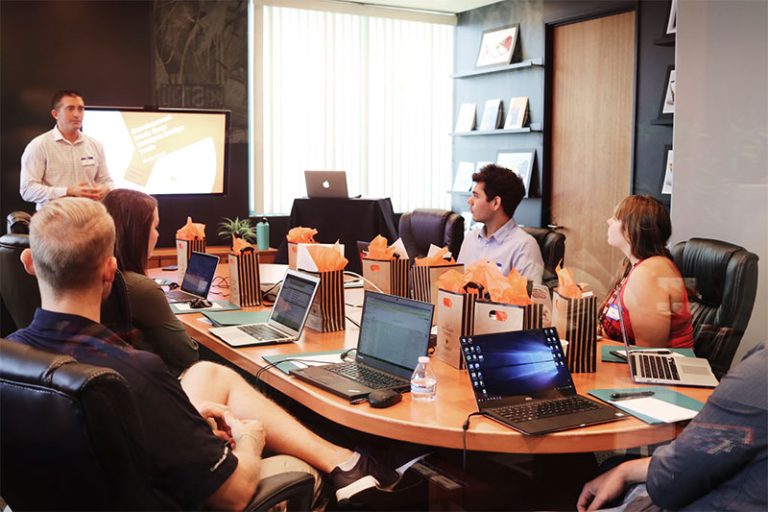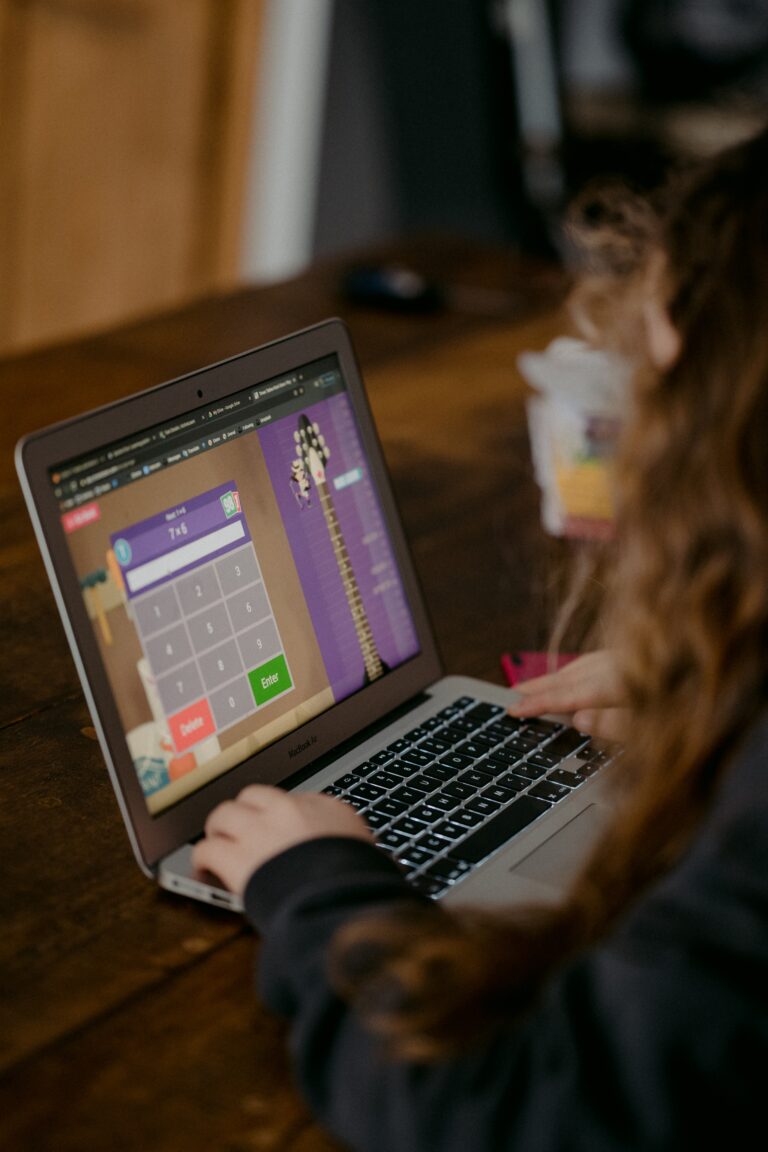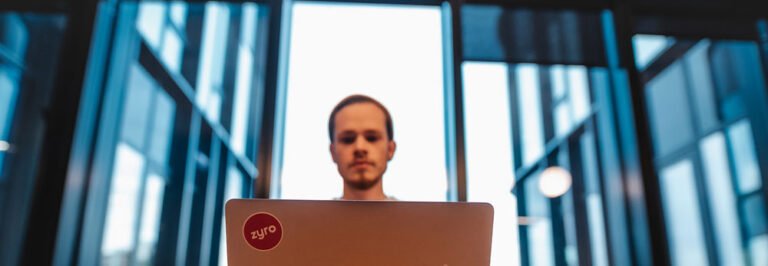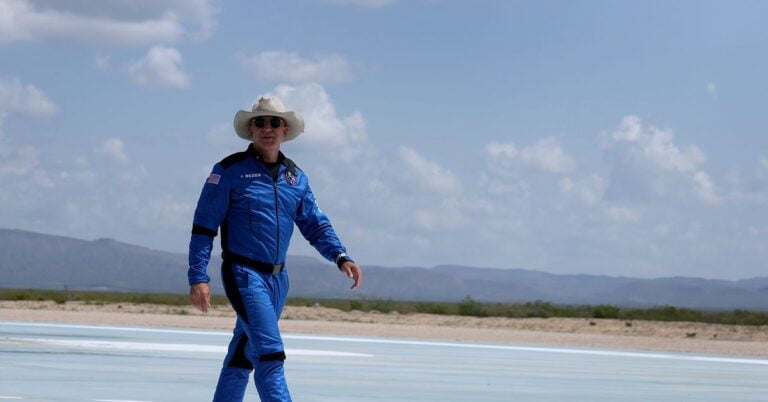Mona, a tech executive in Boston, stopped using Facebook during the pandemic. She felt the posts she was seeing were incongruous with what was happening in the outside world.
“‘Look at me doing my Peloton workout’ or ‘Look at me, I got in shape,’” she mimicked. “Do you realize half a million people died?” said Mona, who asked us not to use her last name so she wouldn’t need permission from her job. Mona added that she thought the situation was especially bad in tech circles, where she sees a lack of “systems thinking.”
“It feels so silly to show happy stories in a pandemic,” Mona said. “Everything feels inappropriate.”
What’s appropriate and not for social media has changed a lot in the past year. One hard truth of the pandemic was that, in order to someday be together safely, we had to be apart in the meantime. For many, this meant that social media has become one of the only ways to be with friends and family, so people have flocked to platforms new (TikTok) and old (Facebook). The new normal, where many more of our daily interactions are mediated by screens, has made us change the way we behave on those platforms, with the messiness and realities of pandemic life crowding out some of social media’s posturing and perfection.
These sites have been a social lifeline as well as a way to get new information about the disease spreading across the globe and upending life as we knew it. Twitter, especially, shone as a real-time news source. The pandemic made social media, whose utility had languished and whose user growth was in decline, suddenly relevant. Some even mused that social media, though still under intense scrutiny for spreading misinformation and general toxicity, was good again. After years of social fragmentation, during which people were less likely to have watched the same shows or even share the same reality, people suddenly had something they could all talk about.
“One thing that brings people together is shared experiences,” Karen North, a clinical professor of digital social media at the University of Southern California, told Recode. “All of sudden we all have a shared experience.”
Americans spent on average 82 minutes per day on social media in 2020, a seven-minute jump from 2019 and a large upward revision from eMarketer’s original forecast. The media measurement firm previously estimated that time spent on social media would remain the same. But in 2020, concerns about screen time — and “time well spent” — went out the window.
What’s less clear is whether or not people are posting more, but it seems to vary by person and platform. We asked Vox readers and people on our own social feeds to tell us how they use social media differently now compared to before the pandemic and received dozens of thoughtful responses about how that relationship has changed.
Some people told us that while they’re scrolling on social media more, they’re posting less — indeed, what’s there to post about when you’re stuck at home doing the same stuff over and over? Commonly shared milestones like birthdays and weddings were postponed or downsized, and people fear coming off as celebratory when there’s so much suffering, or at least so much judgment.
But some say they’re posting to social media more, as an outlet for pent-up creativity and an anodyne to the lethargy, loneliness, and boredom of isolation.
“The ability to connect via so many different platforms not only helps alleviate feelings of isolation but increases the sense of psychological comfort,” said Pamela Rutledge, director of the Media Psychology Research Center. “It makes people feel less lonely and less fearful to know they aren’t dealing with this alone.”
Others found that social media helped them feel like they could do something about what was happening in the outside world.
Jordan Updike, a digital marketer in Indianapolis, Indiana, who “went from barely online to very online in a blink,” tried to convince people in his hometown about the realities of the coronavirus.
“They were coming from the foregone conclusion that this isn’t big deal,” said Updike, who had Covid-19 early in the pandemic and is still suffering from lung and heart damage a year later.
He previously treated personal time on social media “not as time well spent,” but that changed during the pandemic.
“I realized even if I have conversations with one person, there were hundreds if not thousands of people observing that conversation,” Updike told Recode. “If it meant 20 people changing their minds or taking this thing seriously, I felt that that was time well spent.”
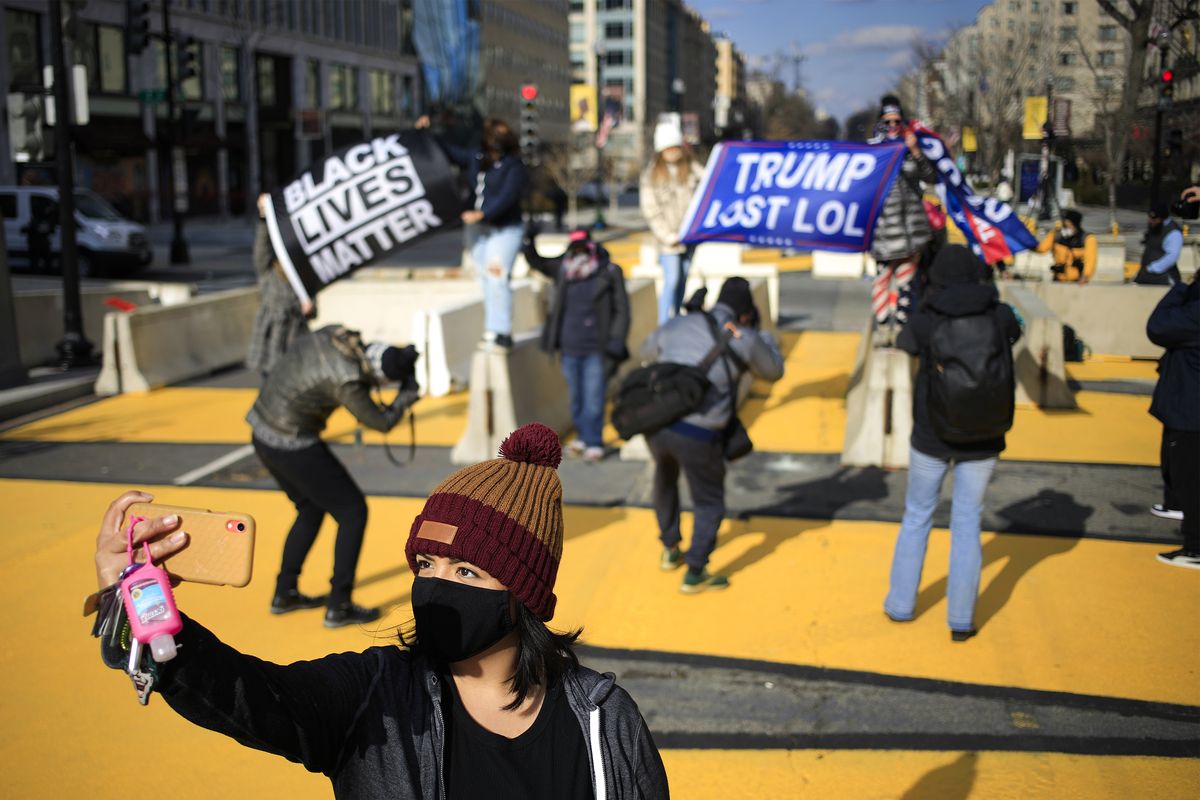
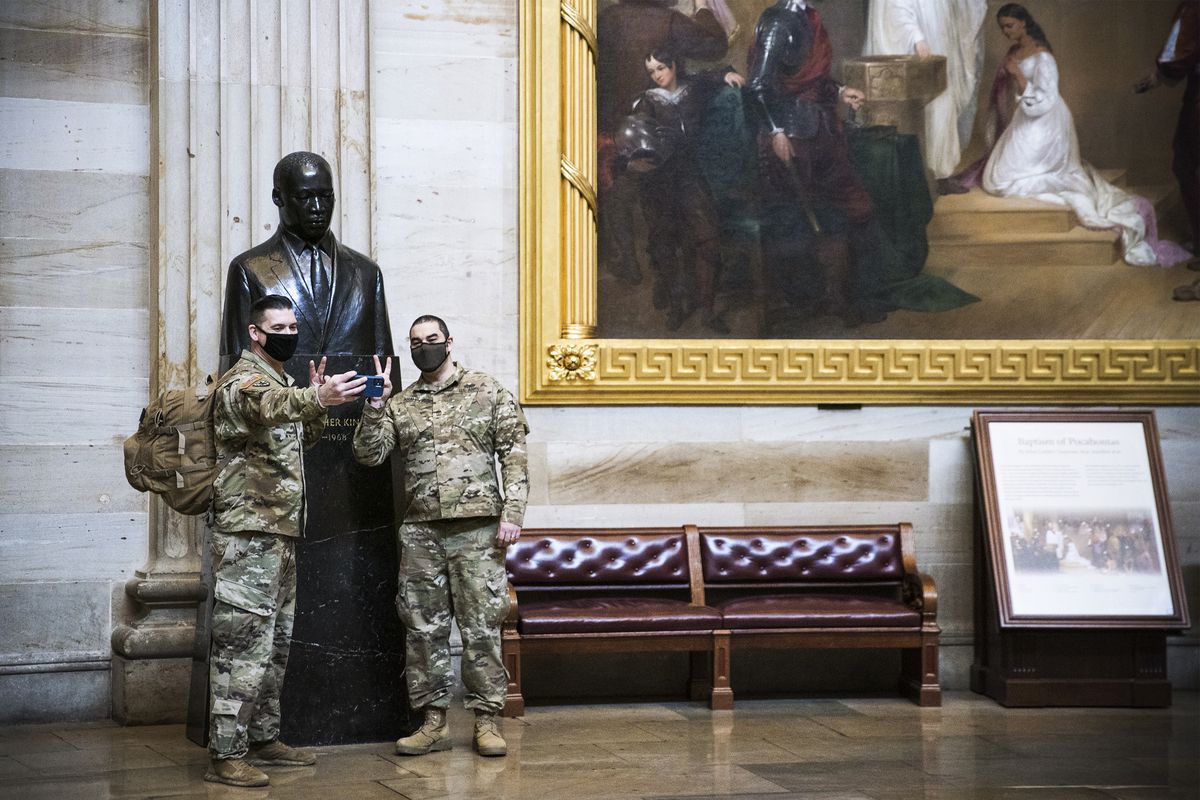
All of this, of course, was happening amid historic events that also unfolded, at least in part, online. Black Lives Matter organized record turnout to protests against police violence, using social media sites and messaging platforms. By similar means, Capitol rioters plotted their deadly insurrection, egged on by tweets from former President Donald Trump. More recently, people on Reddit’s trading forum WallStreetBets brought about the astronomical rise — and fall — of GameStop and other meme stocks, upending previous conceptions of Wall Street in the process.
Many readers reported extremes in their social media use: periods of constant usage that ultimately led them to feel overwhelmed or anxious, which resulted in cutting off social media usage altogether.
“I found myself feeling insanely guilty and anxious,” Matthew Kiernan, a teacher in Florida, who has stopped using Facebook and Instagram, told Recode. “I’m a member of a lot of education pages and groups, and so people seemed to be doing a lot of performative posting about the wonderful things they were doing in their classrooms with their students virtually. That didn’t really resonate with me because I truly felt like even attempting to do some of that was driving me insane.”
Working at a Title I school, Kiernan said, he was more concerned with making sure his students had a good enough broadband connection to access his lessons and with addressing their mental states, which suffered from living in a time with ever-present death.
The urge to delete social media has, ironically, been very evident on social media, where people have been increasingly talking about deleting their accounts, according to social listening company Brandwatch. July 2020 by far had a record number of monthly mentions of deleting social media, according to the company’s data, and rates remain accelerated. Part of that fatigue has to do with the fact that, while a good erstwhile replacement, social media is not as rewarding as face-to-face social interactions, according to Kellan Terry, Brandwatch’s director of communications.
“In the pandemic we’re constantly looking for that social stimulation,” Terry said. “Social media somewhat filled the gap but not wholly.”
Fatigue was also a result of the pandemic lasting just way too long.
“There was a sense that we’d come out the other side,” Lore Oxford, global head of cultural insights at social marketing agency We Are Social, told Recode. “When that didn’t happen, people got overwhelmed.”
And 2020 was a really bad year for misinformation, with fights over politics and lockdown measures and mask-wearing all playing out on social media, and making it an even more toxic environment. Conspiracy theories that proliferated on social media caused real-life harm and turned many people off from it.
But complaints and posts decrying social media aside, overall visits to all major social media sites have continued to grow since the onset of the pandemic, according to data from SimilarWeb, which found visits to major social sites still far above 2019 levels. Even if we don’t like it, we had nothing better to do.
User growth was most dramatic on sites like TikTok and other social video platforms — what eMarketer principal analyst Debra Aho Williamson refers to as “social entertainment.” She says TikTok’s rise was in part a reaction to the negativity on Facebook, including polarization and rampant misinformation.
According to data from customer experience management software company Sprinklr, nearly three-quarters of mentions of “social media” on social media and news sites in the last year had negative sentiment. In contrast, the majority of mentions of TikTok were positive.
“People were looking for something to entertain themselves and not finding it as easily on platforms like Facebook,” Williamson said, noting that TikTok encourages more levity. “It forms connections in a different way, watching strangers talking openly about their lives.”
Indeed, that openness and authenticity has become one of the key hallmarks of social media in the Covid-19 era.
Less perfection, more real life
The pandemic has generally accelerated existing trends like working from home and shopping online. Another trend that sped up is the reversal, in some cases, of social media as an aspirational place of perfection. Whereas social media posts, especially grid photos on Instagram, have long been criticized for their unrealistic and idealized portrayal of people’s lives, there was less of that during the pandemic. Instead, things got a little sloppier: Houses were a mess, children were home and misbehaved, people didn’t wear makeup. And some of that made it to social media feeds.
“The less polished, more real side is appealing and is going to stay,” eMarketer’s Williamson argued. “The idea of the airbrushed, perfect influencer is probably a thing of the past.”
Nadia Ahmed, a sexual health physician in London, who’s alternated overuse with deleting her accounts completely, told Recode, “I’ve also tried to not look at influencer accounts as much. In fact, barely, because it upsets me big time.”
Oxford, from We Are Social, said she’s noticed fewer posts on Instagram’s grid. When people do post there, she says the posts feel more intimate and introspective than they had been.
Many have abstained from posting to not give the impression they were doing something they shouldn’t be — eating in crowded restaurants, hanging out in large groups — during the pandemic. When people do post outside of their homes, it’s often accompanied by a disclaimer that the activity was “Covid safe,” and the fear of being shamed in the comments is almost palpable. Indeed, many readers told Recode they avoided sites like Instagram because posts of people having fun and acting like there wasn’t a pandemic made them anxious and angry.
Inevitably, the platforms and types of content that people took comfort in during the pandemic were ones that felt the most real. People have reacted well to TikTok’s format, in which people add their own imperfect variations to viral videos. It also doesn’t hurt that TikTok videos are relatively short, which many people have found appealing.
Visits to TikTok’s website grew nearly 600 percent on average in 2020 compared to the year before, according to SimilarWeb. Meanwhile, visits to Instagram were up 43 percent, Twitter 36 percent, and 3 percent for Facebook, which is still impressive considering how massively popular the site already was. Average users now spend almost as much time per day on TikTok as they do on the No. 1 social site, Facebook, according to eMarketer data.
Disappearing posts like those pioneered by Snapchat have been particularly useful, since they lower the bar for how good or polished content had to be. Similarly, many people took to live-streaming on various platforms, where their unedited, real-time posts felt immediate and more authentic.
Rep. Alexandria Ocasio-Cortez (D-NY) live-streamed herself playing the popular video game Among Us on Twitch in order to get people to vote. Parenting accounts use Instagram Live to show their followers what living with children in the pandemic is really like. Friends live-stream everything from stand-up comedy routines to cooking dinner.
The pandemic also saw people move increasingly to messaging apps or the messaging portion of other social apps, to create a more intimate setting.
During the pandemic, people have also flocked to niche social media based around common interests or other activities, what some refer to as social+. There people could find more meaningful connections than they could on general social media, with sites like Clubhouse, Nextdoor, and Goodreads all gaining traction.
Viewership of sites like Twitch and Facebook Gaming, where people can watch and communicate with others play video games, nearly doubled during the pandemic. Usership of Fishbrain, a social network for anglers, grew more than 60 percent in the US in 2020, bringing its American user base to 8.5 million.
What comes next on social
Livestreaming and social entertainment sites like TikTok will continue to grow as the pandemic continues, eMarketer predicts. The firm estimates that while time spent on social media might dip a little bit in the coming years, it will remain higher than before the pandemic.
In the meantime, social media has become more embedded in our lives than ever, and the increased reliance we’ve developed in the last year is likely here to stay.
“It’s hard to change a habit,” said Shaka McGlotten, a professor of media studies and anthropology at SUNY Purchase College. Still, McGlotten thinks there’s a chance for change. “I do think that there is going to be a kind of reckoning when we can go outside.”
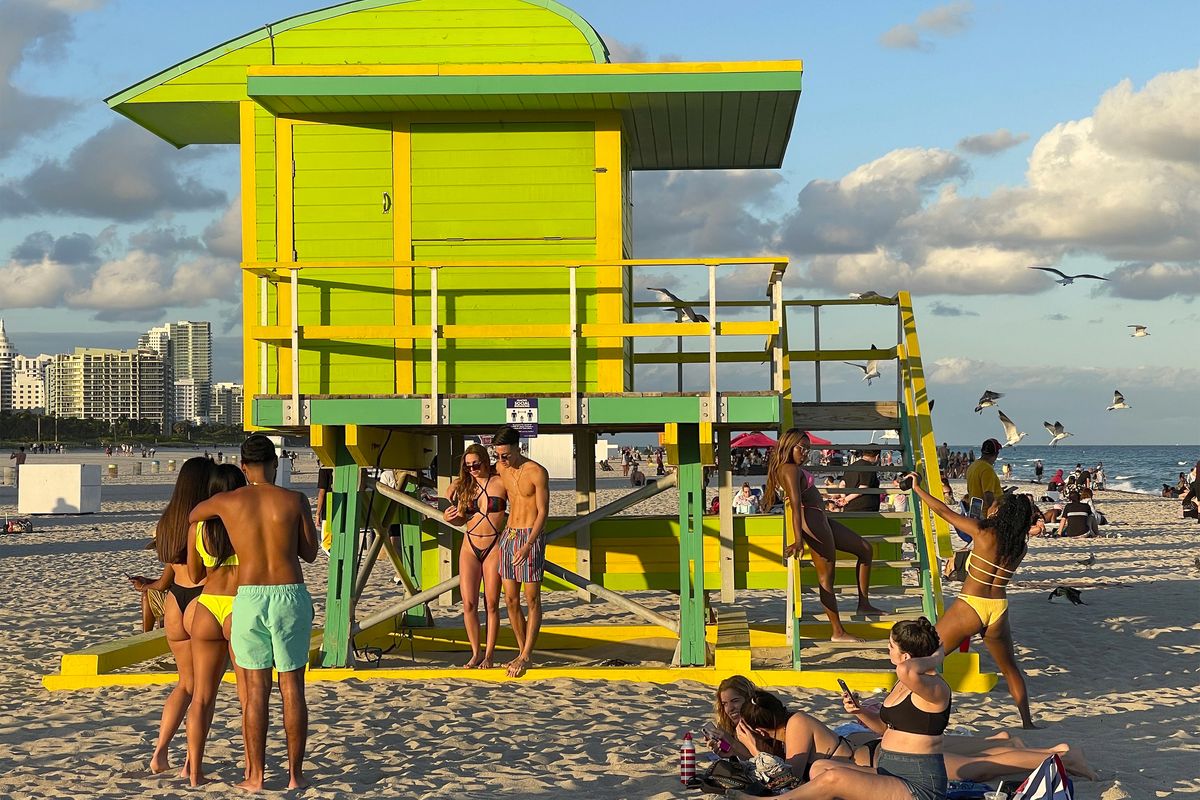
What’s certain to gradually change is how we behave on social media, as our actions morph to meet our needs. Those who’ve felt like they have a toxic relationship with social media may have the chance to break out of bad habits, says Thomas Roach, a professor of cultural studies at Bryant University who recently wrote a book about intimacy on Grindr. It’s possible to embrace the alienation of being just a box on a screen: Instead of constant branding ourselves as individuals, it can be liberating to be one of the crowd, he said.
“We shouldn’t use social media to reproduce pre-pandemic normality, we should be using it to create a new normal,” Roach said.
As one Recode reader expressed, living through this pandemic could change our relationship with social media for the better.
“Last year, I used social media to keep tabs on how our country was dying,” she wrote. “This year, I use it to look for signs of life.”


